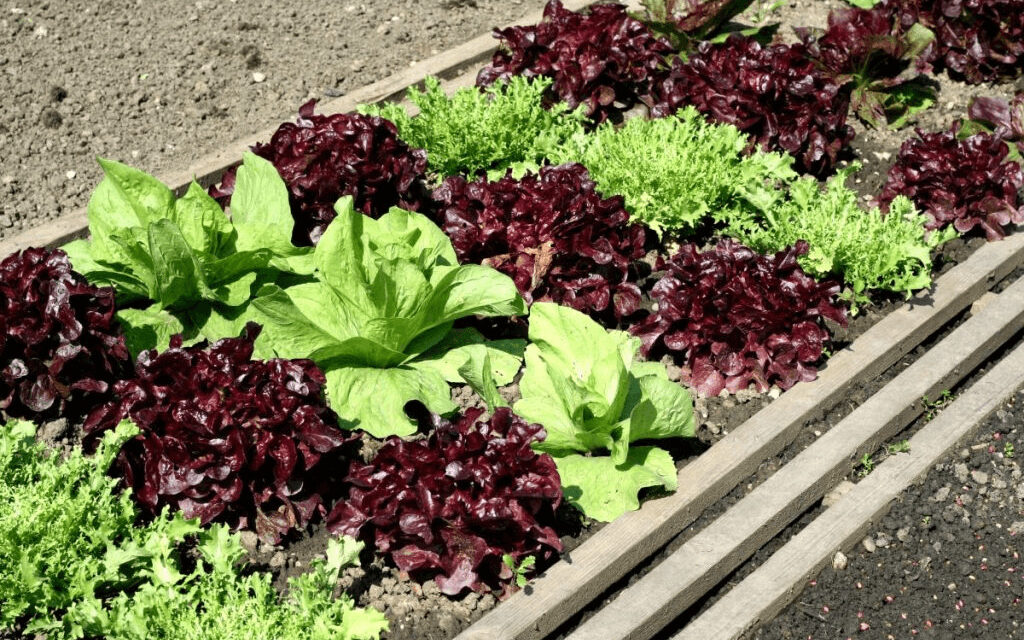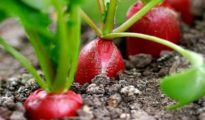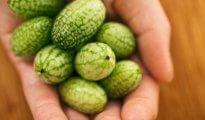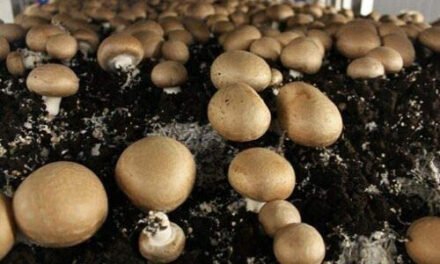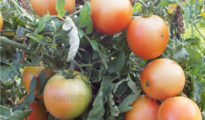Eating a salad is an easy way to get your daily dose of greens, but buying pre-packaged greens from the store can be expensive and unsustainable. Growing your own salad greens not only saves money, but it's also a fun and rewarding experience. In this post, we will explore how to grow a salad garden in your backyard, balcony or windowsill and the steps to growing them successfully.
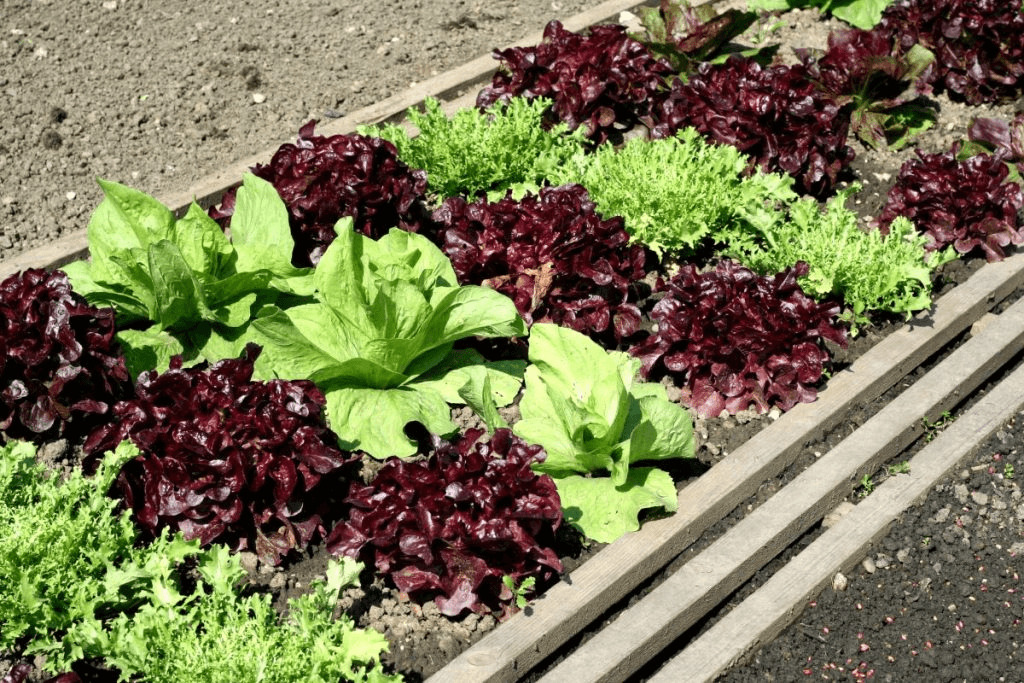
Benefits of Growing Your Own Salad Greens
Before diving into the types of salad greens you can grow, it's important to understand the benefits of growing your own salad greens. Firstly, growing your own salad greens ensures that you are consuming fresh and nutritious produce. Commercially grown produce is often picked before it's fully ripe and loses some of its nutritional value during transportation and storage. Secondly, growing your own salad greens is a sustainable practice. By growing your own food, you reduce your carbon footprint by eliminating the need for transportation and packaging. Lastly, growing your own salad greens is a great way to save money. Pre-packaged greens from the store can be expensive, and growing your own allows you to save money while enjoying fresh produce.
Types of Salad Greens
Arugula
Arugula, also known as rocket, is a peppery and slightly bitter green that's perfect for salads, sandwiches and pesto. Arugula is a cool-weather crop that can be grown in both spring and fall. It's a fast-growing crop that can be harvested in just 3-4 weeks after planting. Arugula can be grown in containers or directly in the ground. It prefers moist soil and partial shade.
Spinach
Spinach is a nutrient-rich green that's perfect for salads, smoothies and sautéed dishes. It's a cool-weather crop that can be grown in both spring and fall. Spinach is a slow-growing crop that can take up to 45 days to mature. It's best to grow spinach in containers or in a raised bed with well-draining soil. Spinach prefers partial shade and moist soil.
Lettuce
Lettuce is a versatile and easy-to-grow green that's perfect for salads, sandwiches and burgers. There are many varieties of lettuce, including romaine, iceberg, butterhead and loose-leaf. Lettuce is a cool-weather crop that can be grown in both spring and fall. It's a fast-growing crop that can be harvested in just 3-4 weeks after planting. Lettuce can be grown in containers or directly in the ground. It prefers moist soil and partial shade.
Kale
Kale is a nutrient-dense green that's perfect for salads, smoothies and sautéed dishes. There are many varieties of kale, including curly, Lacinato and Red Russian. Kale is a cool-weather crop that can be grown in both spring and fall. It's a fast-growing crop that can be harvested in just 4-6 weeks after planting. Kale can be grown in containers or directly in the ground. It prefers moist soil and partial shade.
Chard
Chard, also known as Swiss chard, is a nutrient-rich green that's perfect for salads, sautéed dishes and soups. There are many varieties of chard, including rainbow, Fordhook and Ruby Red. Chard is a cool-weather crop that can be grown in both spring and fall. It's a slow-growing crop that can take up to 60 days to mature. Chard can be grown in containers or directly in the ground. It prefers moist soil and partial shade.
Mesclun
Mesclun is a mix of salad greens that includes arugula, lettuce, spinach and other greens. Mesclun is a great option for those who want a variety of greens in their salad. It's a cool-weather crop that can be grown in both spring and fall. Mesclun is a fast-growing crop that can be harvested in just 3-4 weeks after planting. It's best to grow mesclun in containers or in a raised bed with well-draining soil. It prefers partial shade and moist soil.
Endive
Endive is a slightly bitter green that's perfect for salads, sandwiches and appetizers. There are two types of endive: curly endive and Belgian endive. Curly endive has curly leaves, while Belgian endive has a tightly packed, cone-shaped head. Endive is a cool-weather crop that can be grown in both spring and fall. It's a slow-growing crop that can take up to 75 days to mature. Endive can be grown in containers or directly in the ground. It prefers moist soil and partial shade.
Radicchio
Radicchio is a slightly bitter green that's perfect for salads, sandwiches and appetizers. It has a deep red color and a distinctive flavor. Radicchio is a cool-weather crop that can be grown in both spring and fall. It's a slow-growing crop that can take up to 75 days to mature. Radicchio can be grown in containers or directly in the ground. It prefers moist soil and partial shade.
Growing Salad Greens
Now that you know the types of salad greens you can grow, let's dive into the steps to growing them successfully.
- Choose a location
The first step in growing salad greens is choosing a location. Most salad greens prefer partial shade, so choose a spot that receives 4-6 hours of sunlight per day. If you're growing salad greens in containers, make sure they have drainage holes to prevent waterlogging.
- Prepare the soil
The next step is preparing the soil. Salad greens prefer moist soil that's rich in organic matter. Mix compost or aged manure into the soil to improve its nutrient content. If you're growing salad greens in containers, use a high-quality potting mix that's formulated for container gardening.
- Plant the seeds
After preparing the soil, it's time to plant the seeds. Follow the instructions on the seed packet for the depth and spacing of the seeds. Salad greens can be planted in rows or scattered across the planting area. Water the seeds gently after planting to ensure good seed-to-soil contact.
- Water regularly
Salad greens prefer moist soil, so it's important to water them regularly. Water the plants deeply once a week, or more often if the soil is dry. Avoid getting water on the leaves, as this can lead to fungal diseases.
- Fertilize
Salad greens are heavy feeders, so it's important to fertilize them regularly. Use a balanced fertilizer that's high in nitrogen to promote leafy growth. Apply the fertilizer according to the instructions on the package.
- Harvest
Harvest your salad greens when they reach the desired size. Most salad greens can be harvested when they're 2-3 inches tall, but some varieties can be harvested when they're larger. Use sharp scissors to cut the leaves off at the base of the plant.
Growing a salad garden is a fun and rewarding experience. By growing your own food, you can ensure that you're consuming fresh and nutritious produce, reduce your carbon footprint, and save money. There are many types of salad greens to choose from, including arugula, spinach, lettuce, kale, chard, mesclun, endive, and radicchio. Follow the steps outlined in this post to grow your own salad greens successfully

